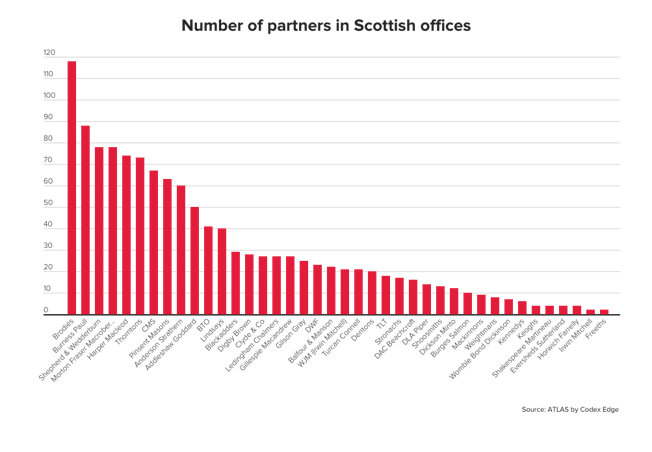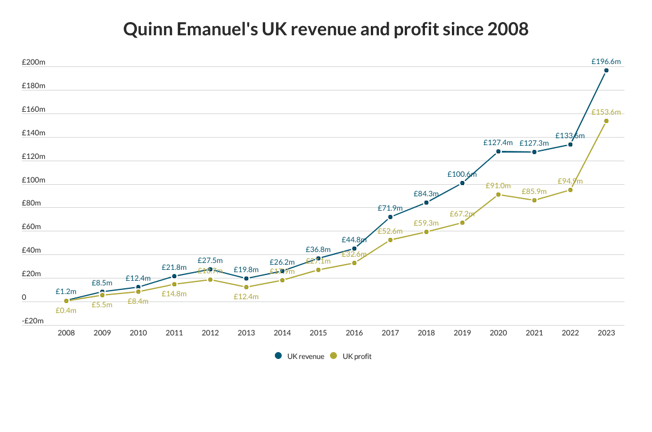In line with its greatest single export – live cattle – Ireland's creative talent was traditionally exported on the hoof. This was particularly so with great literary figures such as Joyce and Beckett.
The first legal attempt to reverse this flow was by Charles Haughey when as Minister for Finance in 1969, he introduced a regime free from income free tax for creative artists. This continues to operate and applies to literary and dramatic works (including screenplays) music and the visual arts. However, it does not apply to film directors or to performing or recording artists who are seen as interpretative rather than creative.
In the early Eighties, with the establishment of the Irish Film Board in 1981, the success of Irish music, particularly U2 and Clannad, and the development of niche entertainment law practices in London and Ireland during that period, the amount of niche entertainment work continued to grow apace. Certainly by the middle of the decade, I was working virtually exclusively in film and television production, music and copyright related matters.
The end of funding for the Irish Film Board in 1987 marked a major low which contrasted with the highs of my work on two Oscar-nominated films, My Left Foot and The Field, released in 1989 and 1990 respectively. These films put Irish film production on the map and the sector dominated my own practice. This development was accelerated by the downturn in the scale of major recording and music publishing contracts on offer to Irish music artists, a major feature of the practice until then.
The film tax incentive (section 35 of the Finance Bill) had originally been introduced in 1987 and began to gain momentum with productions such as Into the West, starring Gabriel Byrne and Ellen Barkin. It was further improved by the Finance Act 1993 under Michael Higgins, the new Minister for Arts and Culture.
This led to the recent boom in film production including the often referred to Braveheart.
However, it should be said that for most productions, section 35 is only part of the reason for locating production in Ireland. Braveheart was shot here as much for the country's castles and availability of its army reserves as for the statutory incentives and indigenous film production.
























